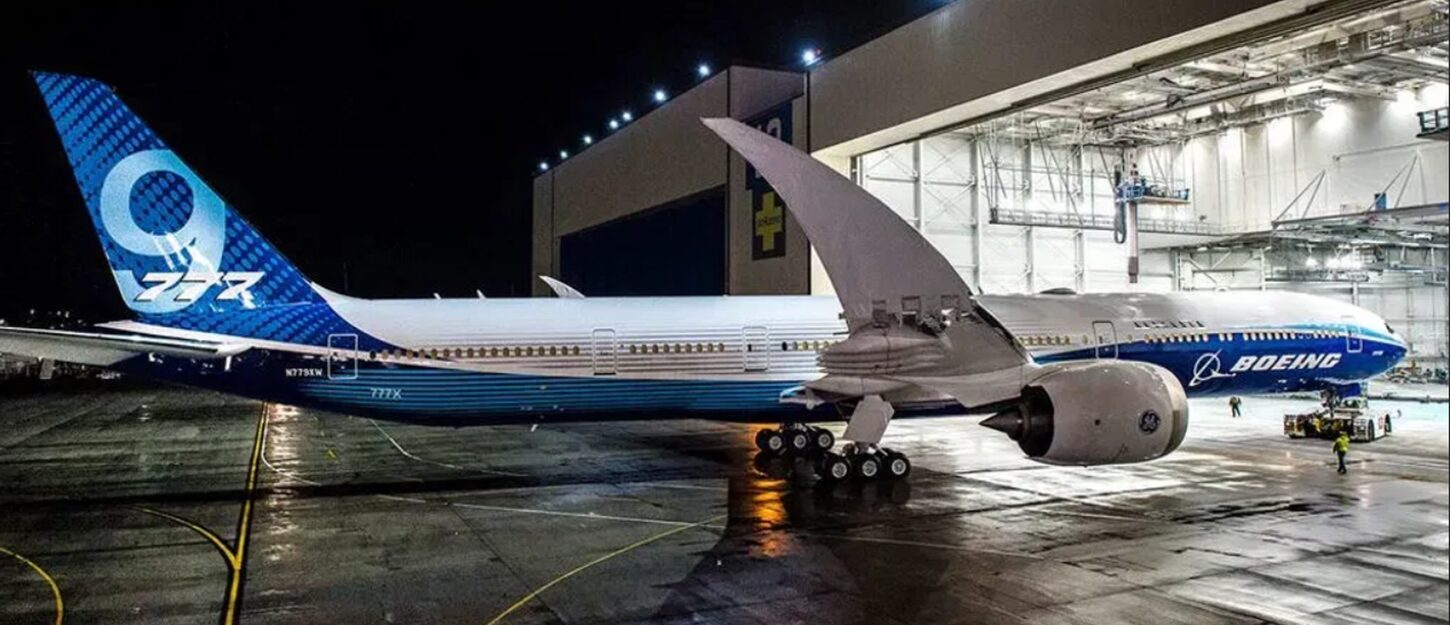
Understanding the Speed of Commercial Airplanes
Commercial airplanes have revolutionized modern travel, whisking passengers across continents and oceans at remarkable speeds. From the exhilarating rush of takeoff to the smooth glide at cruising altitude. The speed of airplanes plays a pivotal role in shaping the travel experience. In this guide, we’ll delve into the intricacies of Speed of Commercial Airplanes, exploring how fast does the airplane go, their velocity during takeoff, and the average speed of passenger planes.
The Speed of Commercial Airplanes: How Fast Do Airplanes Go?
Commercial airplanes have transformed the way we travel, whisking passengers across continents and oceans at remarkable speeds. But just how fast do these marvels of modern engineering fly? Let’s explore the speed of commercial airplanes and uncover the secrets behind their velocity.
The speed of commercial airplanes varies depending on factors such as aircraft type, weather conditions, and flight phase. On average, commercial airplanes typically cruise at speeds ranging from 500 to 600 miles per hour (mph) during flight. However, some modern aircraft are designed to fly even faster, with cruising speeds approaching 650 mph.
During takeoff, commercial airplanes reach speeds of around 150 to 180 mph (240 to 290 km/h) before becoming airborne. This acceleration is facilitated by the airplane’s powerful jet engines, which generate thrust to propel the aircraft forward and create lift to overcome gravity.
Once airborne, commercial airplanes ascend to their cruising altitude, where they maintain a steady speed throughout the majority of the flight. Cruising altitudes typically range from 30,000 to 40,000 feet above sea level, where the air is thinner and allows for smoother and more efficient travel. At cruising altitude, commercial airplanes maintain speeds of approximately 500 to 600 mph, depending on factors such as wind conditions and air traffic control directives.
Several factors can influence the speed of commercial airplanes, including aircraft type, weather conditions, and flight phase. Different aircraft models have varying capabilities and performance characteristics that can affect their speed. Wind patterns and weather systems can impact airplane speed, with tailwinds providing a speed boost and headwinds potentially slowing down the aircraft. Flight paths may vary based on air traffic control directives, weather conditions, and airspace congestion, impacting the overall duration of the flight.
How fast do airplanes go when taking off
Embarking on a journey by air is a thrilling experience, marked by the powerful surge of takeoff that propels the airplane into the sky. The speed at which airplanes take off is a key element of this exhilarating moment, showcasing the engineering marvels and precision of modern aviation.
During takeoff, commercial airplanes reach speeds ranging from 150 to 180 miles per hour (240 to 290 kilometers per hour). This acceleration is made possible by the robust thrust generated by the aircraft’s engines, propelling it down the runway and lifting it off the ground. The sensation of acceleration, the sound of engines roaring, and the gradual ascent create a symphony of motion that marks the beginning of each air travel adventure.
The acceleration during takeoff is not only a testament to the power of jet engines but also a carefully orchestrated dance between technology and physics. Pilots, supported by advanced avionics and control systems, manage the aircraft’s speed and trajectory to ensure a smooth and safe ascent. The thrill of takeoff is not just about speed; it symbolizes the commencement of a journey that will take passengers to new heights and distant horizons. how fast do airplanes go when taking off
As passengers feel the aircraft’s acceleration, they become part of the seamless fusion of technology and human expertise that characterizes modern air travel. Takeoff represents the culmination of meticulous planning, rigorous training, and the application of scientific principles that make the magic of flight possible.
Cruising Altitude: Maintaining Speed in the Sky
Once airborne, commercial airplanes ascend to their cruising altitude, where they maintain a steady speed throughout the majority of the flight. Cruising altitudes typically range from 30,000 to 40,000 feet above sea level, where the air is thinner and allows for smoother and more efficient travel. At cruising altitude, commercial airplanes maintain speeds of approximately 500 to 600 mph, depending on factors such as wind conditions and air traffic control directives.
Factors Influencing Airplane Speed
Several factors can influence the speed of commercial airplanes:
- Aircraft Type: Different aircraft models have varying capabilities and performance characteristics that can affect their speed. Modern aircraft designs prioritize fuel efficiency, aerodynamics, and passenger comfort while maximizing speed and range.
- Weather Conditions: Wind patterns and weather systems can impact airplane speed, with tailwinds providing a speed boost and headwinds potentially slowing down the aircraft. Pilots may adjust flight paths to take advantage of favorable wind conditions and minimize the effects of adverse weather.
- Flight Phase: Speed requirements may vary during different phases of flight, such as takeoff, climb, cruise, descent, and landing. Pilots adjust throttle settings and flight parameters to ensure safe and efficient travel throughout each phase of the journey.
Average Speed of Passenger Planes
The average speed of passenger planes, considering both cruising and takeoff speeds, typically ranges from 500 to 600 mph. This speed allows for rapid and reliable travel between destinations, making air transportation one of the fastest and most convenient modes of long-distance travel available to passengers.
Conclusion
The speed of commercial airplanes plays a crucial role in shaping the modern travel experience. Allowing passengers to traverse vast distances with ease and efficiency. From the exhilarating acceleration of takeoff to the smooth glide at cruising altitude. The speed of airplanes reflects the ingenuity of aviation technology and the dedication of pilots and crew to ensuring safe and comfortable travel for all passengers. So, the next time you find yourself soaring through the skies, take a moment to appreciate the remarkable speed and precision that make air travel possible.


